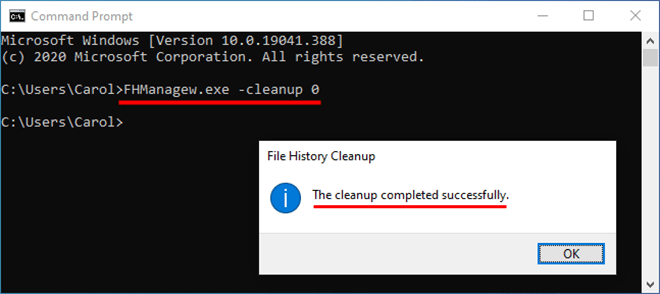
So you can add folders or files alongside the Backups folder without worrying about Time Machine deleting them. The operating software on your Mac doesn’t let Time Machine overwrite any files it didn’t create. Once again, there’s no need to transfer the backups and clear your drive. If you need to store other files on your external drive, you can do it directly alongside your backups. You don’t need to transfer your backups to store other files on the drive Each Mac you back up has its own folder on your Time Machine drive. It keeps all your files and folders separate and knows which folder to recover data from for each Mac. Provided there’s enough space for the backup, Time Machine works out all the kinks and creates a new folder for the second Mac. Simply connect it to a new Mac and tell Time Machine to use it for backups. There’s no need to clear out the drive and start from scratch.

If you want to back up a second Mac to your external drive, you can do it alongside your existing Time Machine backups. You don’t need to transfer your backups to use Time Machine with another Mac We’ve detailed a couple of reasons for that below.
#OBSOLETE FOLDER BACKUP ARCHIVE#
Transferring your Time Machine backups to a new drive is a great idea if your old drive is failing, if you need more storage, or if you want to archive your backups.īut sometimes people spend time transferring backups when they didn’t need to.


After you move your Time Machine backups you can go back in time to recover files. That means you can make new backups or you can open Time Machine itself to recover lost files from last week, last month, or even last year, depending on when your backups started. Once your Time Machine backups are on the new drive, it behaves exactly like the old one did. In fact, it’s probably a good idea to this so you have a backup of your backup drive. Time Machine is more complicated than your typical backup, but you can still move all your existing Time Machine snapshots to a new drive relatively easily.
#OBSOLETE FOLDER BACKUP HOW TO#
How to set up and use macOS and OS X Time Machine.Turn on Time Machine again, with your new drive as the destination.Open Finder and drag the ‘Backups’ folder from your old drive to your new one.Temporarily turn off Time Machine backups in System Preferences.Get Info for your new drive in Finder and turn off the option to ‘Ignore ownership on this volume.’.
#OBSOLETE FOLDER BACKUP MAC OS#
Ensure your new drive is formatted as Mac OS Extended (Journaled) with a GUID Partition Map scheme.

Quick Tipsįollow these quick tips to get started quickly on transferring your Mac’s Time Machine backup to a new drive or read the full instructions further down in the post: Other users have waited days for their transfers to finish. It took me four hours to move 250 GB of backups to a new drive. WARNING: Moving your Time Machine backups can be a very time-consuming process. If you want to keep those snapshots you need to transfer them to a new drive using the process we’ve described below. Time Machine saves snapshots of your Mac from the past days, weeks, months or even years. In this post, we’ve shown you how to do just that. But if your external Time Machine drive runs out of space or starts to fail, you might need to transfer those backups elsewhere. Time Machine is an excellent tool for backing up your Mac.


 0 kommentar(er)
0 kommentar(er)
